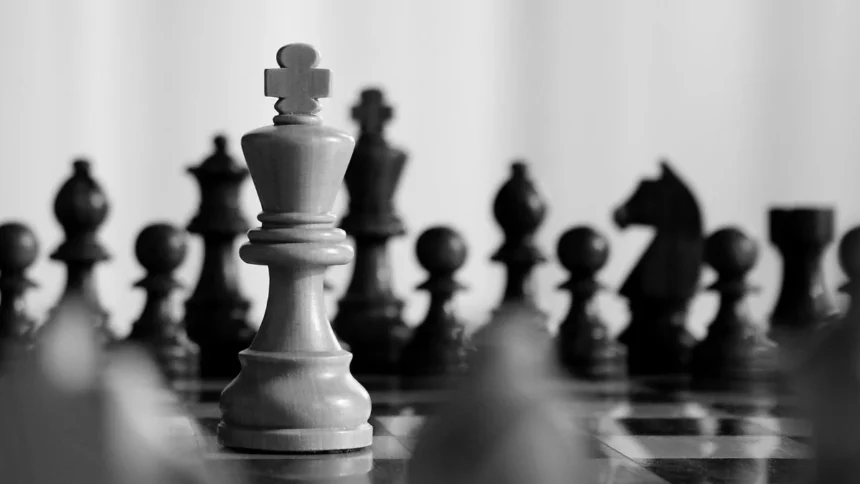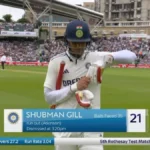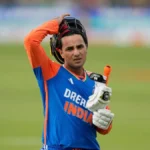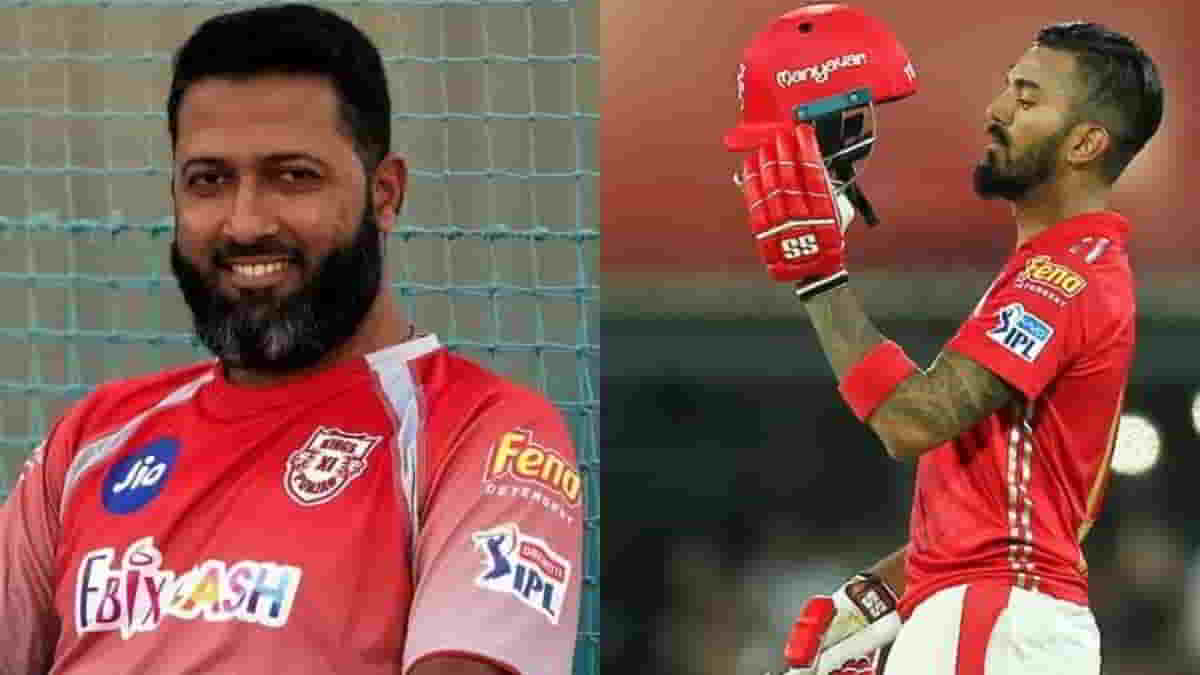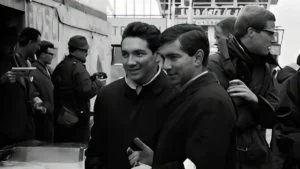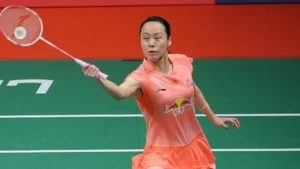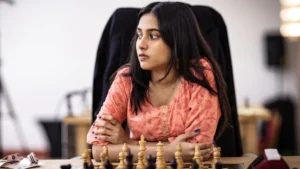You might think there’s a strict, unbreakable path to becoming a chess grandmaster, and actually, there is. Score three grandmaster norms in tough tournaments, reach a FIDE rating of 2500, and the title is yours. But surprisingly, that’s not always the case. Like, take the most recent chess sensation, Divya Deshmukh, for example. She earned her chess Grandmaster title without meeting all the requirements set by FIDE. So, how is it even possible for some chess giants to become Grandmasters without ticking all those boxes? Let’s see.
How is becoming a chess Grandmaster without all norms even possible?
The answer lies in history and special exceptions. Back in the early days of the title, especially during the 1950s, FIDE, the World Chess Federation, had no fixed formula for awarding the grandmaster title. Instead, they often gave it to players based on reputation, achievements, and political considerations rather than strict tournament results. Even today, FIDE sometimes awards the title automatically when a player reaches the late stages of prestigious events like the World Cup or wins certain junior or continental championships, even if they haven’t reached the rating or norm requirements.
That’s exactly how Divya Deshmukh became a chess grandmaster. She won the FIDE Women’s World Cup 2025, which automatically earned her the GM title. So, has it happened before? If yes, then which chess giants became grandmasters without these qualifications? Well, here’s the complete list.
List of Chess Giants Who Became Chess Grandmasters Without The Necessary FIDE Requirements
Divya Deshmukh
The most recent Grandmaster, Divya Deshmukh, became a chess grandmaster without these qualifications by winning the FIDE Women’s World Cup 2025.
Mir Sultan Khan
A legendary player from the 1920s-30s whose genius was recognized much later. No formal norms existed then, and his GM title was awarded posthumously in 2024.
Paul Keres
One of the strongest players of his time, Keres became a chess grandmaster when FIDE first introduced it in 1950, without formal norms, based on his international reputation.
Mikhail Botvinnik
The first official World Champion under FIDE, Botvinnik, received the GM title automatically in 1950 as the reigning world champion.
Max Euwe
World Champion from 1935 to 1937, he became a chess grandmaster, keeping in mind his status and achievements before formal norm requirements.
Bobby Fischer
Although Fischer earned his grandmaster norms early, his rapid rise and certain early titles came before the norm system was fully standardized, benefiting from title awards based on exceptional performance.
Garry Kasparov
Kasparov’s grandmaster title came during the era of norms, but in some instances, his rating and reputation possibly expedited official recognition beyond strict norm counting.
Judit Polgár
The strongest female player in history, Judit, became a chess grandmaster at just 15 years old through her extraordinary skills; some of her early title considerations came through special recognitions despite minor gaps in the usual requirements.
So, there you have it! Becoming a grandmaster isn’t always about crossing a perfectly defined checklist. Chess is as much about history, reputation, and extraordinary talent as it is about numbers on a scoreboard. From pioneers like Mir Sultan Khan to legends like Botvinnik and Fischer, the title reflects more than just technicalities; it honors greatness that was sometimes ahead of its time or recognized through exceptions.
In the modern world, the FIDE requirements are strict, but chess giants like Divya Deshmukh, who break the mold or push the game forward, sometimes break the mold of rules, too. After all, greatness is rarely confined by regulations, just ask these chess divas and giants who schooled the world without ticking every box.
Also Read: Checkmate: Divya Deshmukh Secures GM Title and Wins FIDE Women’s World Cup 2025


